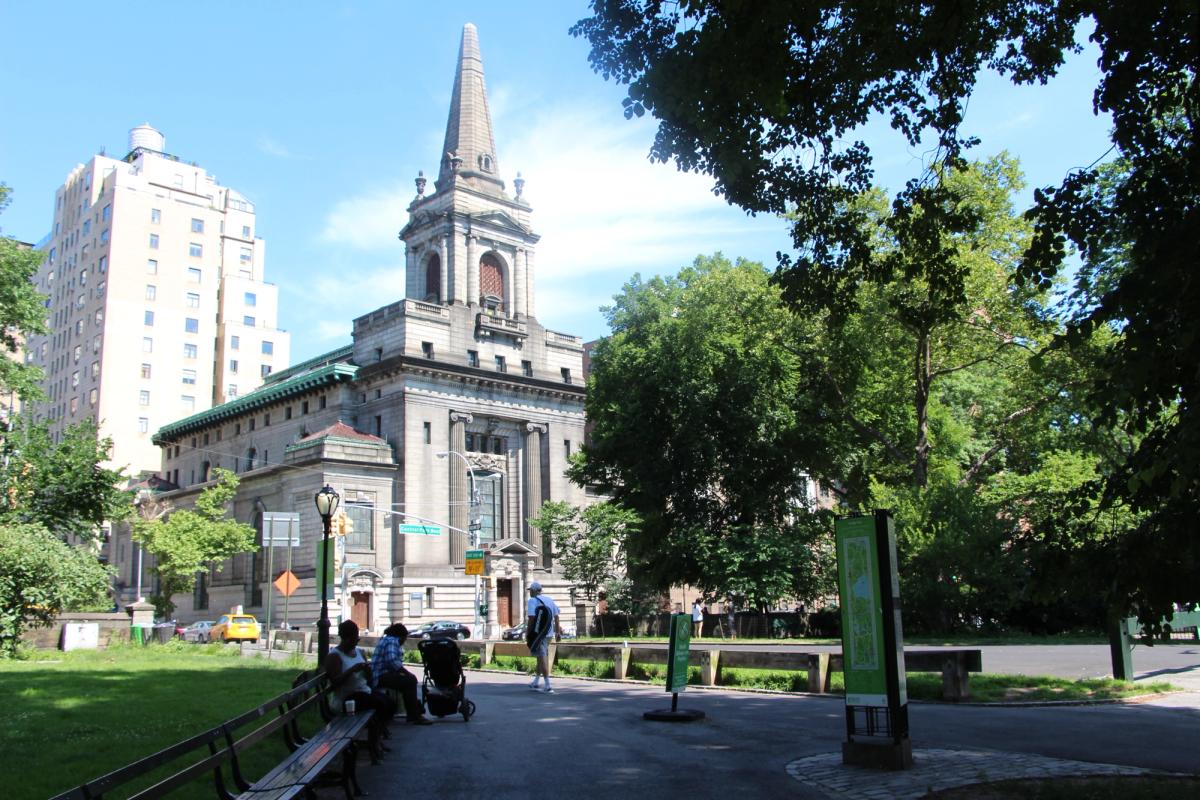When the Children's Museum of Manhattan moves into its new home, a former church on New York's Upper West Side, it will become a sanctuary of another kind: one where children and families can gather to engage with art but also come to grips with challenging issues, like school shootings, natural disasters or terrorist attacks. "When something happens that is immediately traumatic or joyful, we have to respond," says the museum's director Andy Ackerman
"After 9/11, we built a make-believe tree on which children and families hung notes," Ackerman gives as an example of the kind of projects the museum hopes to have dedicated space for in its new building. The museum has hosted programmes after Hurricane Katrina and Superstorm Sandy to help children and families deal with the loss of those events, partnered with the Memorial Sloan Kettering Cancer Center to aide young patients, and brought its programmes to homeless shelters and neighbourhoods where there is no cultural presence to reach families that are disenfranchised or disconnected.
More recently, the day after the Florida school shootings, the museum incorporated a wishing tree into its current exhibition on Japanese culture on which families hung notes. "One child simply wrote: 'No more guns'. And parents wrote: 'I wish that schools would remain a place of peace,'" Ackerman says. "Children are facing a stressful world. That voice needs to be valued. And we—families, schools and cultural organisations—need to step up and provide an outlet for that voice in better and bigger space."
With that space in mind, the museum purchased the former First Church of Christ Scientist, a landmark building of designed by Carrère & Hastings, in December for $45m. This week, it select-ed the New York architectural firm FXCollaborative to transform the historic church into its new home by 2021.
While its plans are still fluid, the museum says the 70,000 sq ft building will nearly double the exhibition space, the 36ft-high ceilings will allow it to present large-scale sculpture for the first time and climate controlled galleries will mean it can take on more loans of art. The building also will have performance space and possibly room for children to make art. "We can start thinking about welding and woodcutting. It's a blank canvas," said David Rios, the museum's director of public programmes.
Having more space also means the museum can offer more programming across the full spectra of the arts, including painting, drawing, dance and music. "Our suggestion box is filled," says Halley Harrisburg, the co-chair of the museum's capital campaign.
The museum aims to raise approximately $136m in total, including $75m for the building's renovation. When asked how it plans to do that, Laurie Tisch, the museum's founding board chair and the other co-chair of the capital campaign, says she sees having an auction a year from now and spearheading an initiative aimed at the traditionally most generous family members-grandparents.


